The fountains in this city are amazing. I know I’ve said this before, but the water is potable and somehow cold. Often I just walk by one bursting out of a wall, stick out my hand, and splash the water over my face. It’s still very hot here, and every day I return in the late afternoon drenched in sweat. Today I came back and found that the air-conditioning system was being repaired, and am therefore writing on this amazing terrace, where the breeze snatches away the heat.
Impressions: Saturday July 4th through Monday July 6th: Written in haste and heat
My most amusing moment in Rome came on Saturday shortly before noon. I had walked to the Piazza del Popolo with a reservation for the Galleria Borghese for 1:00. It was still early, so I decided to have a cold coffee in the Caffe Trombetta on the piazza. The maître d’ for the al fresco tables were an older man of great dignity, very efficient with a gentle manner about him. So I ordered what turned out to be a delicious coffee and sat there enjoying the passing crowds.
Meanwhile, two tables to my left, a rather elegant looking woman wearing sunglasses and a peach blouse was texting on her phone. The waiter brought her food, a large beautiful pizza and a plate of bread. The woman just kept texting away. As I watched, a sparrow landed on her table, pecked several times at the bread, and skittered off. The woman kept texting. The sparrow returned three or four more times, skittishly pecking away and then flying to the canopy above our heads. The woman just kept on texting.
The Borghese Gardens on this hot Saturday were filled with all sorts of vehicles: Segways, scooters, bicycles, contraptions in which two bicycles are paired side by side, some of them holding five people and with canopies to ward off the sun.
The Galleria Borghese is impressive. Like other visitors, I was awed by Bernini’s “Daphne and Apollo.” I look at a statue like that one, and wonder how in heaven’s name a man could make such an object of beauty. The ceilings in this gallery/palace are also incredible. What struck me most about these paintings is that they look as fresh as if they were painted yesterday.
Like the Galleria, the ceilings of Santa Maria della Vittoria also look young and fresh. This is the church that houses Bernini’s “Ecstasy of Saint Teresa.” Opposite this chapel is the glass tomb of Saint Victoria. Here I was a little confused, but believe now that the body is encased in a mold of wax.
Sunday evening I ate a light supper at Di Rienzi beside the Pantheon. My friend Sid Cundiff recommended this place, and it was everything I could have hope for. The waiters were formally dressed and formal in manner, but also fun. (One looked like a short Robert DeNiro, and my own waiter resembled, if you can imagine it, an Italian Bill Murray). Excellent service and a good rapport with customers. Very interesting juxtaposition between the street vendors selling gee-jaws and the solemn old Pantheon looking on.
Today, Monday, I ate a hamburger! This was next to the Capuchin church and monastery I wanted to visit. This was my first burger in Rome, and thoug expensive, it was worth every penny. Note to self on return to US: A slab of steak and a huge salad are number one on the eating list.
Next came the tour of the Capuchin Museum and Ossuary. The museum gives visitors an excellent introduction to this order, its saints, and its way of life over the last four centuries. Beyond the museum is the ossuary, different crypts decorated by the bones of deceased monks. Each crypt has a name—the crypt of the pelvis bones, for instance, and the crypt of the skulls. The rooms are decorated entirely with bones and skulls, and include skeletons in Capuchin habits. One feels mingled emotions here: horror, awe, and somehow, amusement. The monks were buried in the earth, and after thirty or forty years, the remains—only bones by then—were exhumed to bury more monks. Even the light fixtures are made of bones. The staff warns against taking pictures, and when an employee caught an Italian couple with a child taking pictures, she made them open their phone and remove all that they had taken. You can, however, find pictures and explanations here: https://en.wikipedia.org/wiki/Capuchin_Crypt.
La Feltrinelli is a bookshop chain here in Rome. Today in my bumbling about I found that their store on the Piazza del Popolo has an entire international store. There were thousands of books in English. The staff was very helpful, and the place reminded me a little of the Barnes and Noble back home.
Just as the Italians doubtless smile at our mistakes when trying to speak the language, I smile at some of the museum translations. In describing one painting, a sign read “Notice that the sandals cover up the fingers.” In the Galleria Borghese, a sign describing what to do in emergencies said that “non persons” should be helped from the building. Do the Romans know something we don’t know? Are there Martians here? Zombies? I did see one man in a chair who looked like a non-person, but then realized he was only suffering from that dreary condition known as “museum fatigue.”
My most amusing moment in Rome came on Saturday shortly before noon. I had walked to the Piazza del Popolo with a reservation for the Galleria Borghese for 1:00. It was still early, so I decided to have a cold coffee in the Caffe Trombetta on the piazza. The maître d’ for the al fresco tables were an older man of great dignity, very efficient with a gentle manner about him. So I ordered what turned out to be a delicious coffee and sat there enjoying the passing crowds.
Meanwhile, two tables to my left, a rather elegant looking woman wearing sunglasses and a peach blouse was texting on her phone. The waiter brought her food, a large beautiful pizza and a plate of bread. The woman just kept texting away. As I watched, a sparrow landed on her table, pecked several times at the bread, and skittered off. The woman kept texting. The sparrow returned three or four more times, skittishly pecking away and then flying to the canopy above our heads. The woman just kept on texting.
The Borghese Gardens on this hot Saturday were filled with all sorts of vehicles: Segways, scooters, bicycles, contraptions in which two bicycles are paired side by side, some of them holding five people and with canopies to ward off the sun.
The Galleria Borghese is impressive. Like other visitors, I was awed by Bernini’s “Daphne and Apollo.” I look at a statue like that one, and wonder how in heaven’s name a man could make such an object of beauty. The ceilings in this gallery/palace are also incredible. What struck me most about these paintings is that they look as fresh as if they were painted yesterday.
Like the Galleria, the ceilings of Santa Maria della Vittoria also look young and fresh. This is the church that houses Bernini’s “Ecstasy of Saint Teresa.” Opposite this chapel is the glass tomb of Saint Victoria. Here I was a little confused, but believe now that the body is encased in a mold of wax.
Sunday evening I ate a light supper at Di Rienzi beside the Pantheon. My friend Sid Cundiff recommended this place, and it was everything I could have hope for. The waiters were formally dressed and formal in manner, but also fun. (One looked like a short Robert DeNiro, and my own waiter resembled, if you can imagine it, an Italian Bill Murray). Excellent service and a good rapport with customers. Very interesting juxtaposition between the street vendors selling gee-jaws and the solemn old Pantheon looking on.
Today, Monday, I ate a hamburger! This was next to the Capuchin church and monastery I wanted to visit. This was my first burger in Rome, and thoug expensive, it was worth every penny. Note to self on return to US: A slab of steak and a huge salad are number one on the eating list.
Next came the tour of the Capuchin Museum and Ossuary. The museum gives visitors an excellent introduction to this order, its saints, and its way of life over the last four centuries. Beyond the museum is the ossuary, different crypts decorated by the bones of deceased monks. Each crypt has a name—the crypt of the pelvis bones, for instance, and the crypt of the skulls. The rooms are decorated entirely with bones and skulls, and include skeletons in Capuchin habits. One feels mingled emotions here: horror, awe, and somehow, amusement. The monks were buried in the earth, and after thirty or forty years, the remains—only bones by then—were exhumed to bury more monks. Even the light fixtures are made of bones. The staff warns against taking pictures, and when an employee caught an Italian couple with a child taking pictures, she made them open their phone and remove all that they had taken. You can, however, find pictures and explanations here: https://en.wikipedia.org/wiki/Capuchin_Crypt.
La Feltrinelli is a bookshop chain here in Rome. Today in my bumbling about I found that their store on the Piazza del Popolo has an entire international store. There were thousands of books in English. The staff was very helpful, and the place reminded me a little of the Barnes and Noble back home.
Just as the Italians doubtless smile at our mistakes when trying to speak the language, I smile at some of the museum translations. In describing one painting, a sign read “Notice that the sandals cover up the fingers.” In the Galleria Borghese, a sign describing what to do in emergencies said that “non persons” should be helped from the building. Do the Romans know something we don’t know? Are there Martians here? Zombies? I did see one man in a chair who looked like a non-person, but then realized he was only suffering from that dreary condition known as “museum fatigue.”
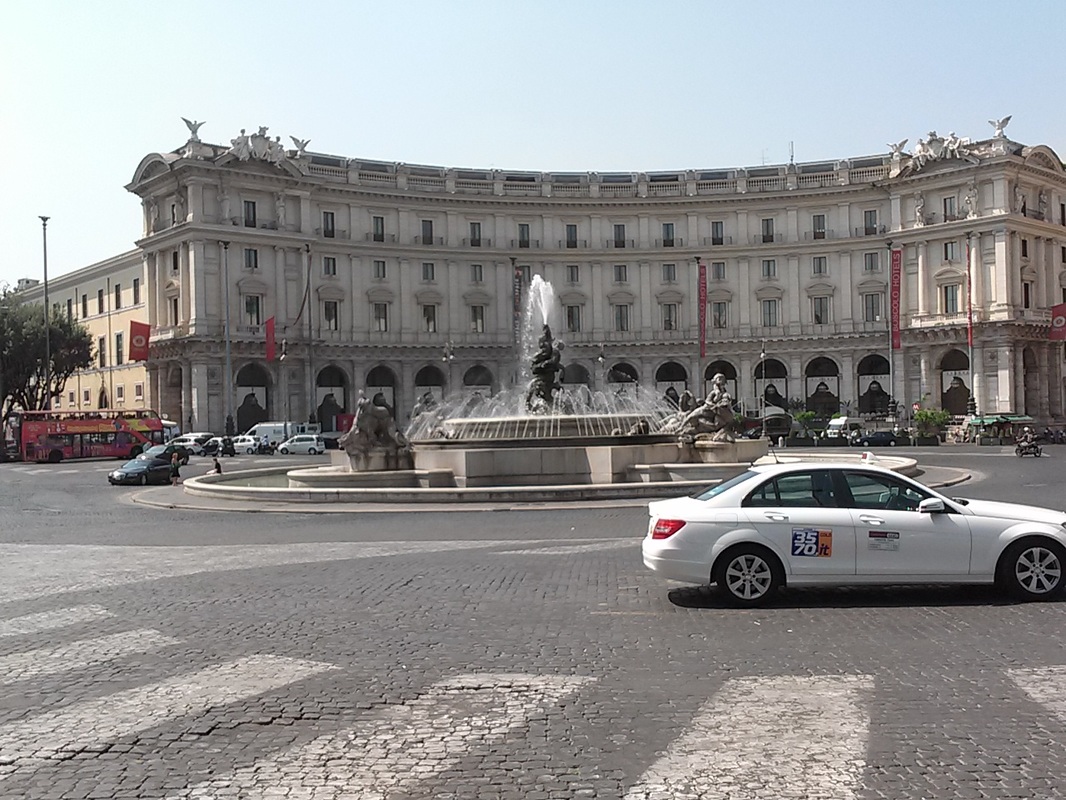
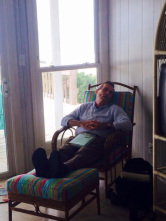
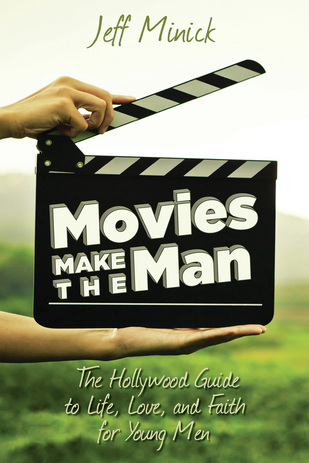
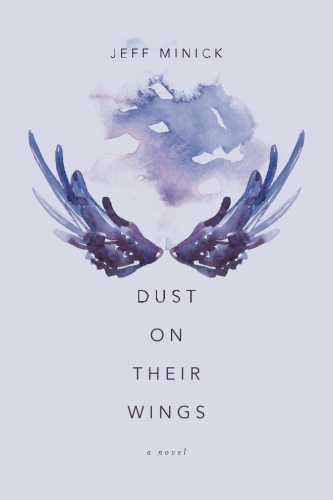

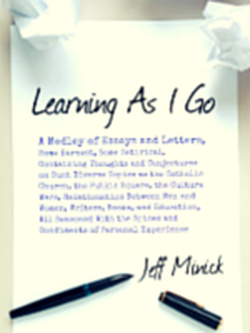
 RSS Feed
RSS Feed